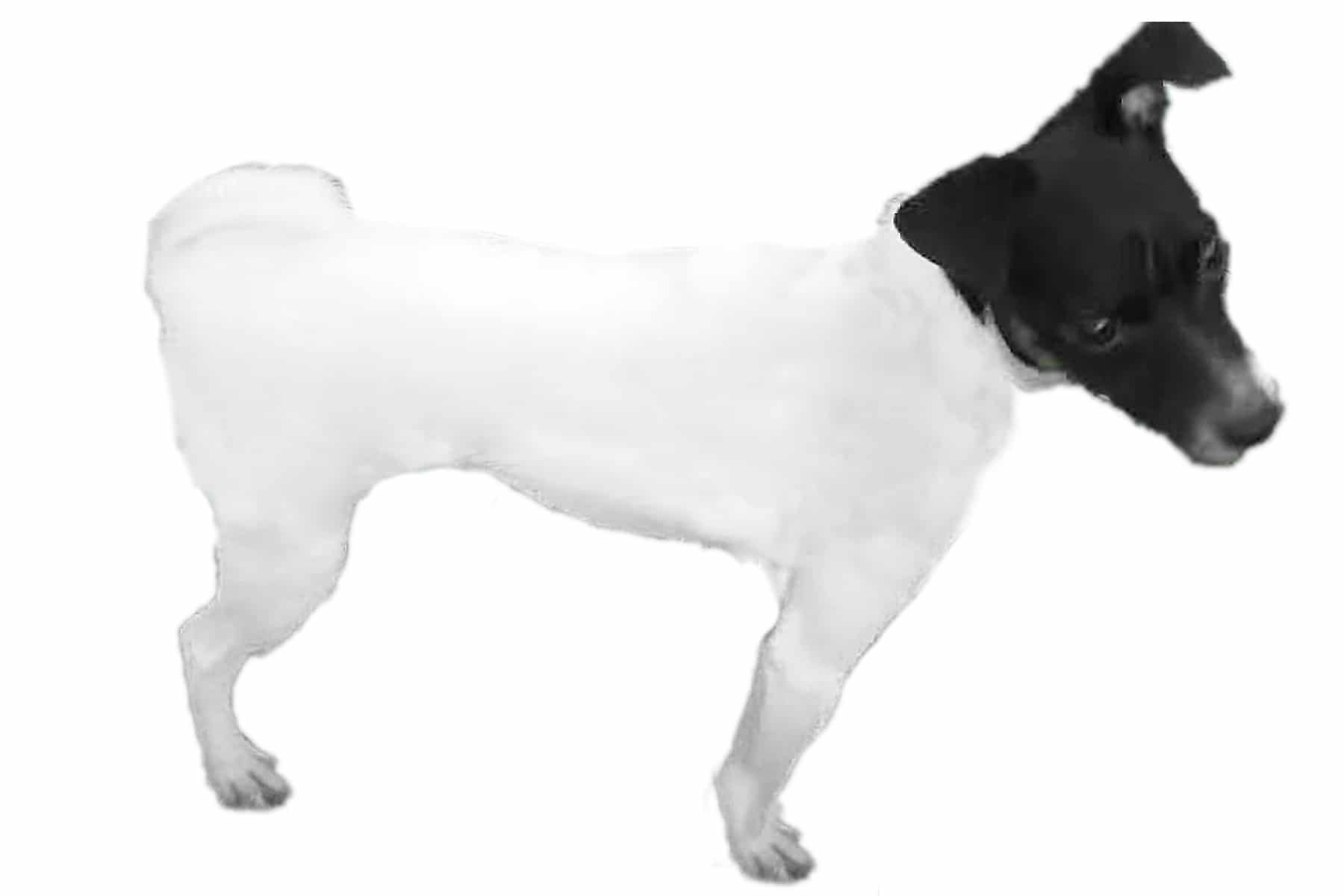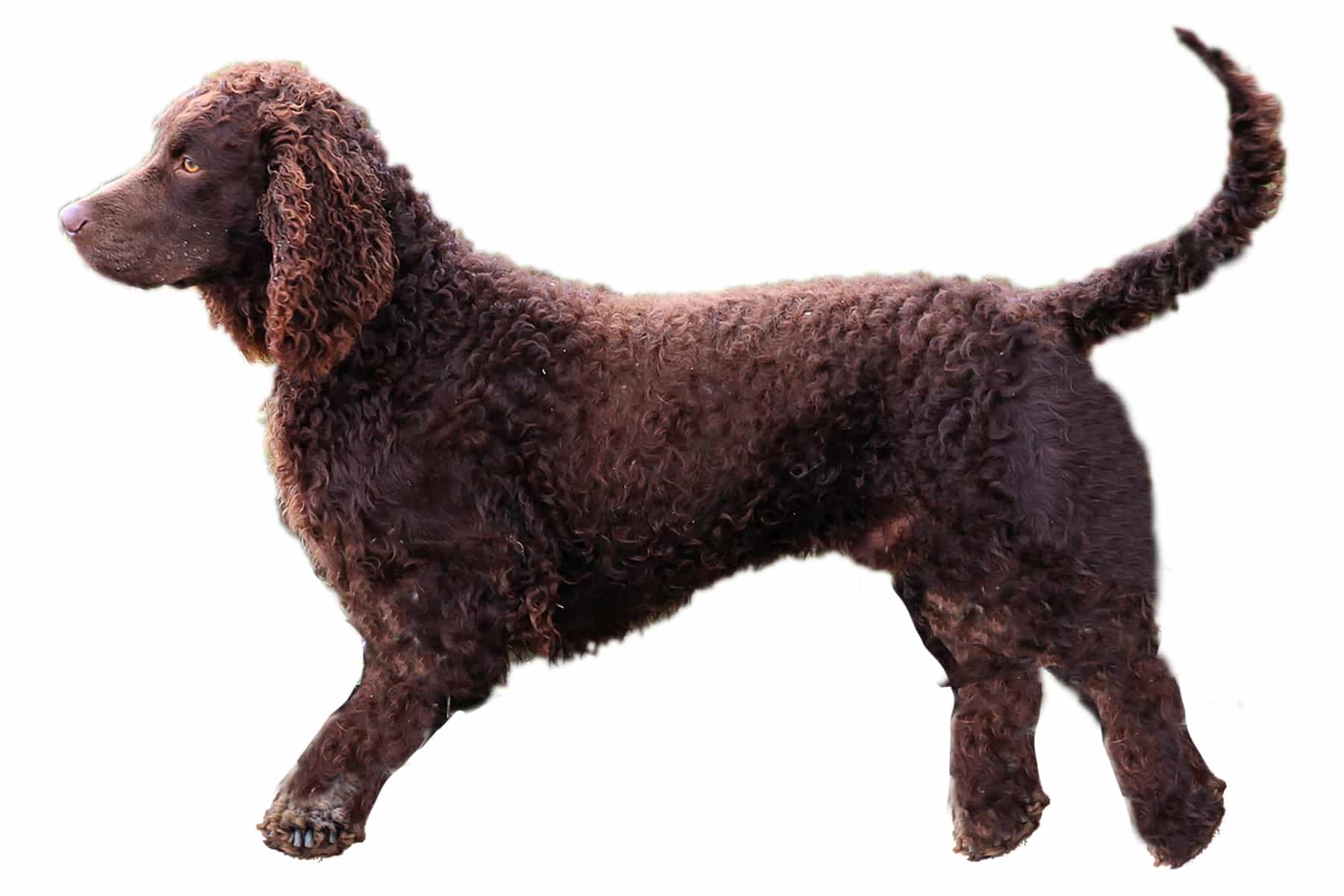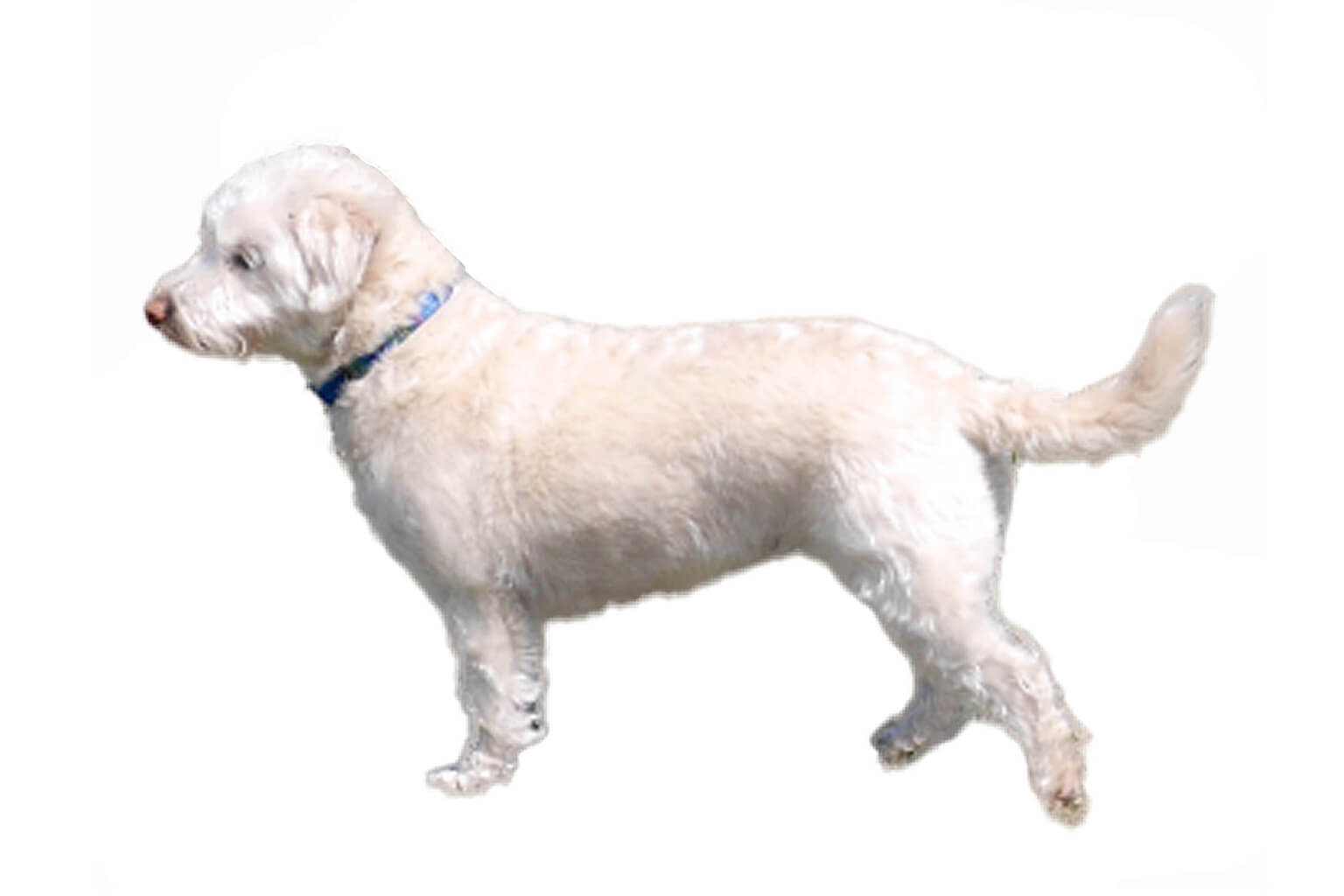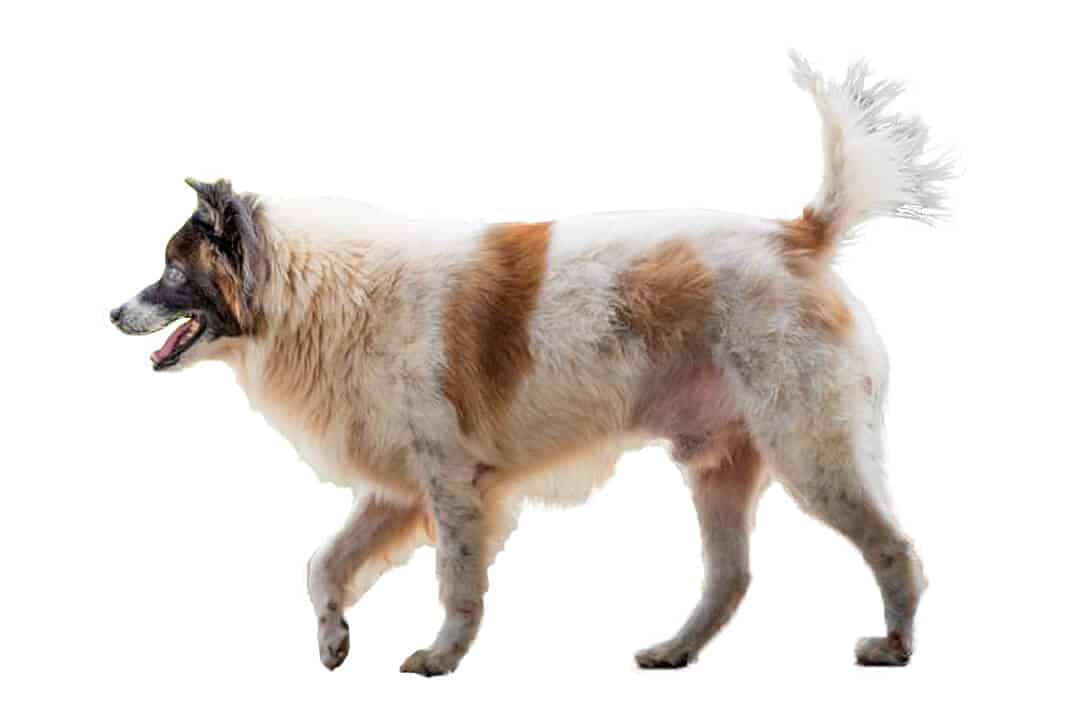Norwegian Buhund
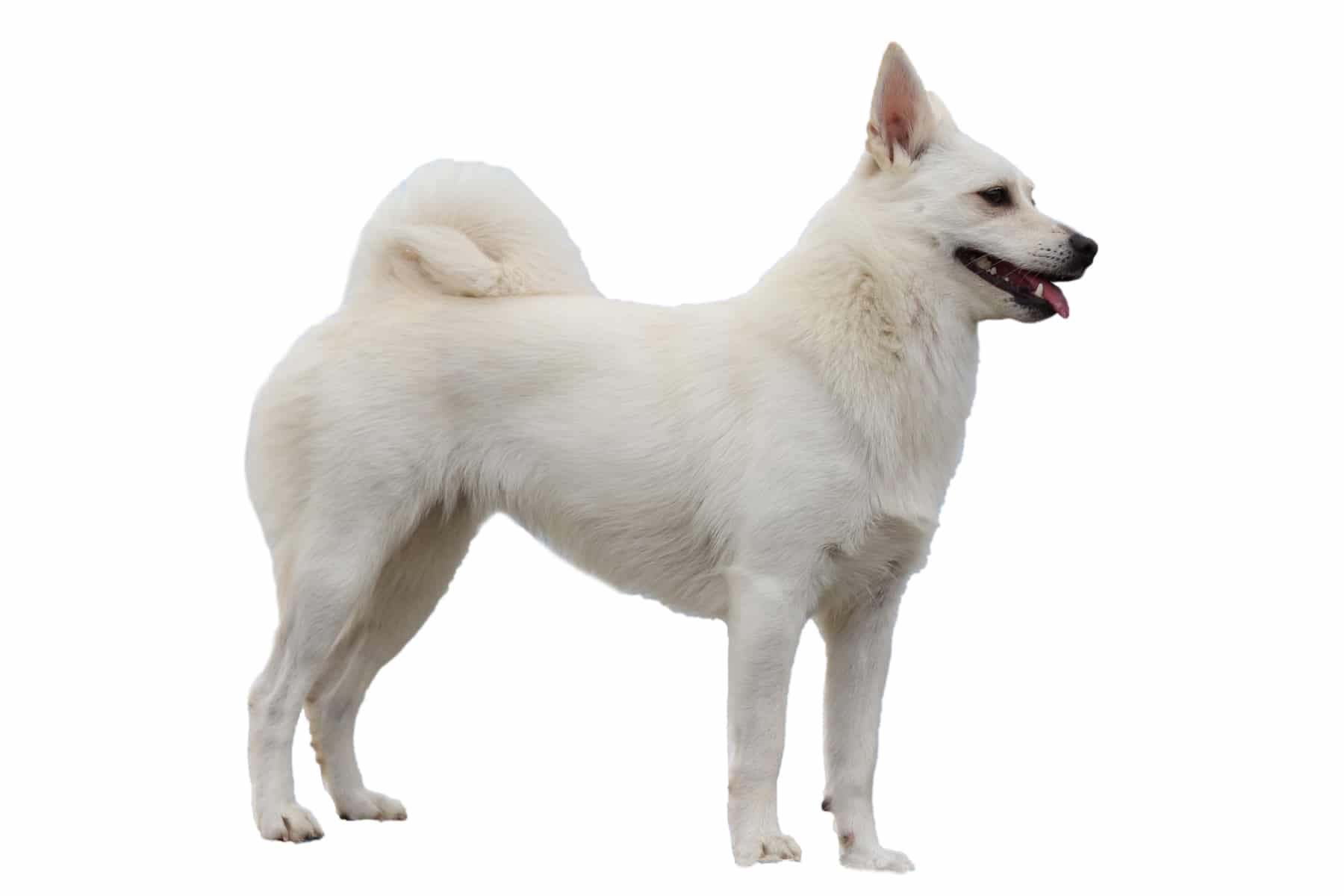
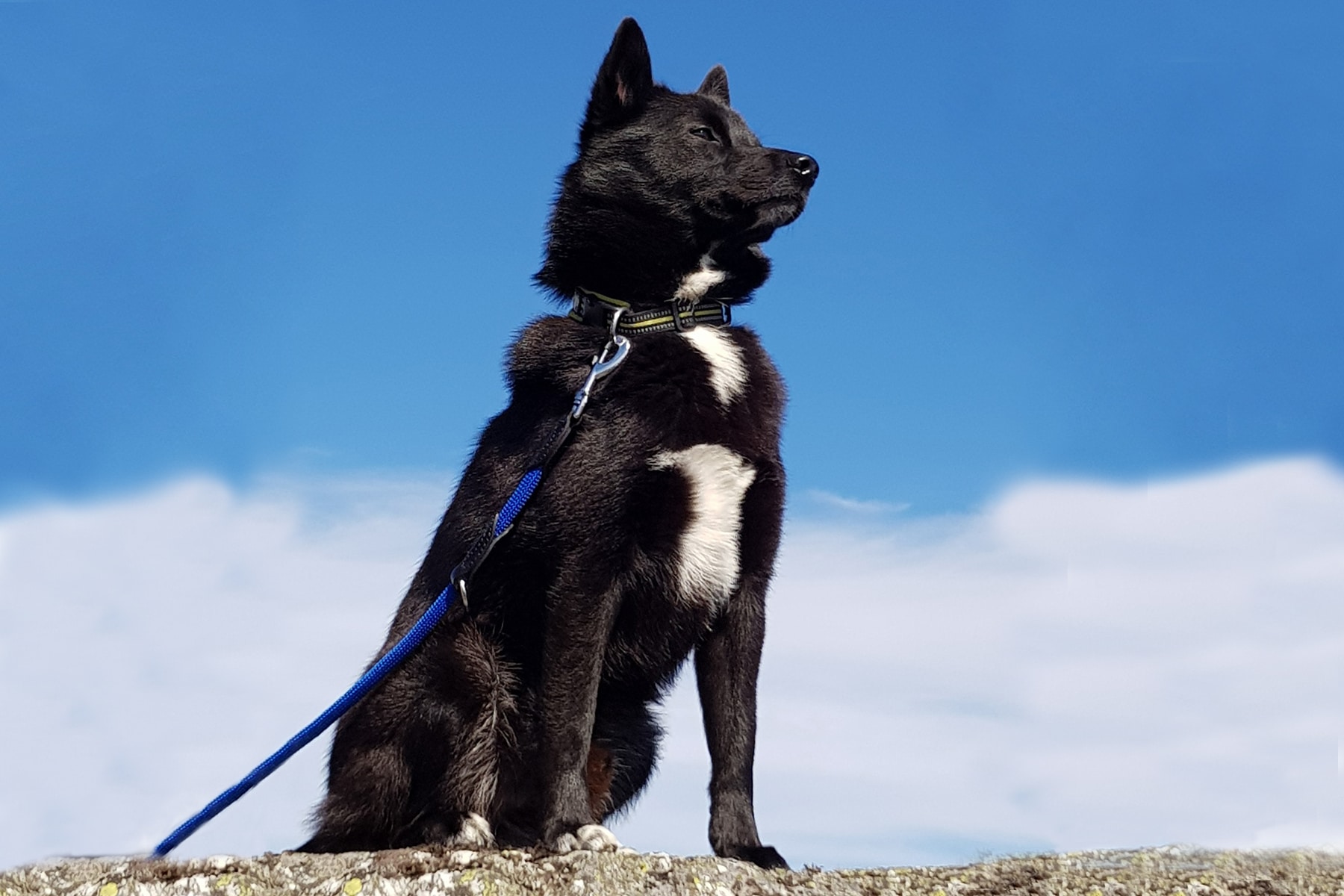

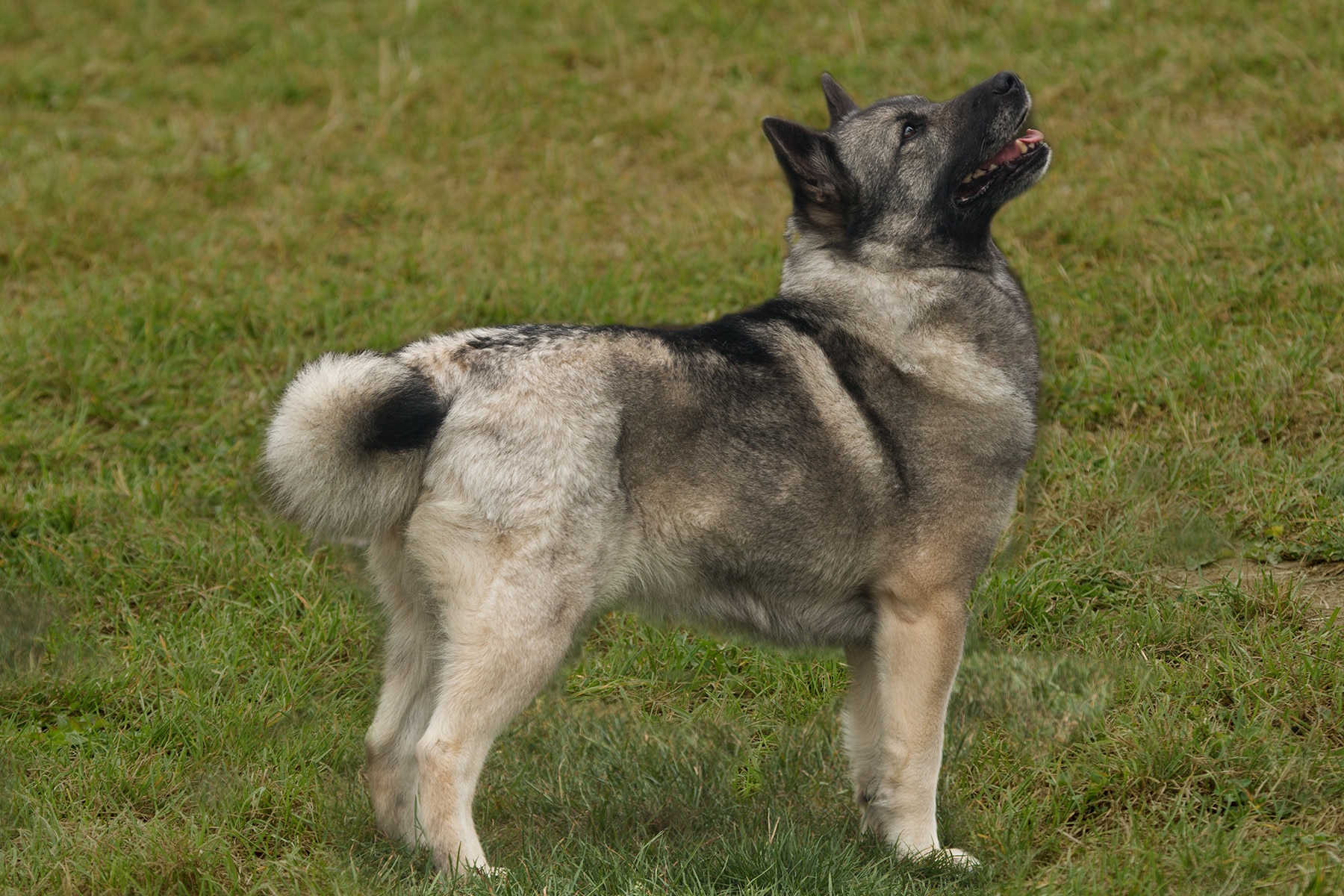
Temperament:
The Norwegian Buhund is a friendly and alert Spitz. Its name has nothing to do with ghosts, but with the Norwegian word "Bu", which means "hut". The Norwegian Buhund is considered a family dog. It is very playful and loves children. As a herding and guard dog, it needs plenty of activity and exercise.
Characteristics
The Norwegian Buhund looks like a typical Spitz. It has a square build and the characteristic pricked ears. The tail is curled over the back. Males reach a weight of up to 18 kilograms, females up to 16 kilograms. The height at the withers is up to 47 cm for males and up to 45 cm for females.
The coat of the Norwegian Buhund is wheat-colored or black. Dog breeders also call the wheaten color "cookie". It ranges from light to yellowish-red. The rough top coat lies smoothly over the soft, dense undercoat. The coat is shorter on the head and underside. On the chest, neck and back, however, the coat is significantly longer.
The Norwegian Buhund is a versatile, non-specialized Spitz. It was used as a herding, guard and hunting dog. Over time, it was replaced in these functions by other specialized dog breeds. Since then, it has enjoyed great popularity as a family dog.
The Norwegian Buhund is very fond of children. He generally likes to be with people. It also gets along well with other pets, especially if it has been socialized early on. This also applies to other dogs. Without early socialization with other dogs, he is sceptical of conspecifics.
As a herding dog, it is full of energy and intelligence. The Norwegian Buhund needs plenty of exercise. Mental exercise should not be neglected either. He likes to work with people and enjoys completing tasks.
Without adequate physical and mental exercise, he quickly becomes bored. He then looks for an outlet for his energy.
As much as he likes being with people, he doesn't like being alone. Then he quickly starts barking. He should be accustomed to being without his pack for a while from an early age. But that doesn't really make him happy.
The Norwegian Buhund tends to bark, but is not a barker. After all, it is also a guard dog. He likes to announce visitors. However, this does not mean that he reacts aggressively to visitors. After barking, he likes to greet strangers in a friendly, tail-wagging manner.
The Norwegian Buhund is best kept outside on a large piece of land. They need plenty of space to let off steam. They tend to feel uncomfortable in the city or in a small apartment.
This breed is suitable for many dog sports. It learns quickly and needs plenty of variety. Retrieving is one of his favorite pastimes. He also runs well next to the bike or when jogging.
Coat care:
Shedding:
Energy level:
Trainability:
Children suitable:
The right food
When choosing food, make sure that it contains high-quality ingredients, is balanced and meets your dog's requirements. Age, size or weight, activity and health status play an important role. You should follow the manufacturer's recommendations for the amount of food.
Treats should only be fed in moderation and deducted from the basic diet to avoid obesity.
Puppies can be fed 4-6 times a day. The number of meals should be gradually reduced to 2 per day until the dog is fully grown. A rest period should be observed after meals.
Fresh drinking water should be available at all times.
Health & Care
The Norwegian Buhund is generally quite easy to groom. It is sufficient to brush it two to three times a week. It is best to get him used to being combed or brushed when he is still a puppy.
Dogs tend to shed in spring and fall. During this time, the dog should be combed daily to speed up the shedding process. He loses a particularly large amount of hair in spring. Loose hair in the undercoat is best removed with a special double-row comb.
Dirty areas can usually be easily combed out. For stubborn dirt, it is usually sufficient to moisten the area briefly. A bath every few months is completely sufficient. This is gentle on the dog's skin. A mild dog shampoo is sufficient for bathing.
Check his eyes and ears regularly. You can use ear or eye cleaner for dogs to remove dirt from these areas.
You may need to have your dog's claws pedicured. Especially if the dog mainly walks on soft surfaces. Claws that are too long can also get stuck, which can be painful for the dog.
Suitable accessories
As with all dogs, a lead, a collar or harness, a food and water bowl, a cozy sleeping mat or basket, a transport box and a first aid kit for dogs are part of the basic equipment.
For grooming, we recommend a suitable comb and brush as well as a mild dog shampoo. For eye and ear care, a cleaning agent for dogs. For dental care, you will need a toothbrush and toothpaste for dogs.
If you have no problems cutting the claws yourself, you can also buy claw scissors. Tick tweezers are also recommended.
The Buhund is always up for a toy. It should satisfy his urge to move and stimulate him mentally. The Norwegian Buhund loves to retrieve and chase things. This is a great way to keep him busy. Simple balls and frisbees are ideal for this. Intelligence toys encourage his natural curiosity and alert mind.
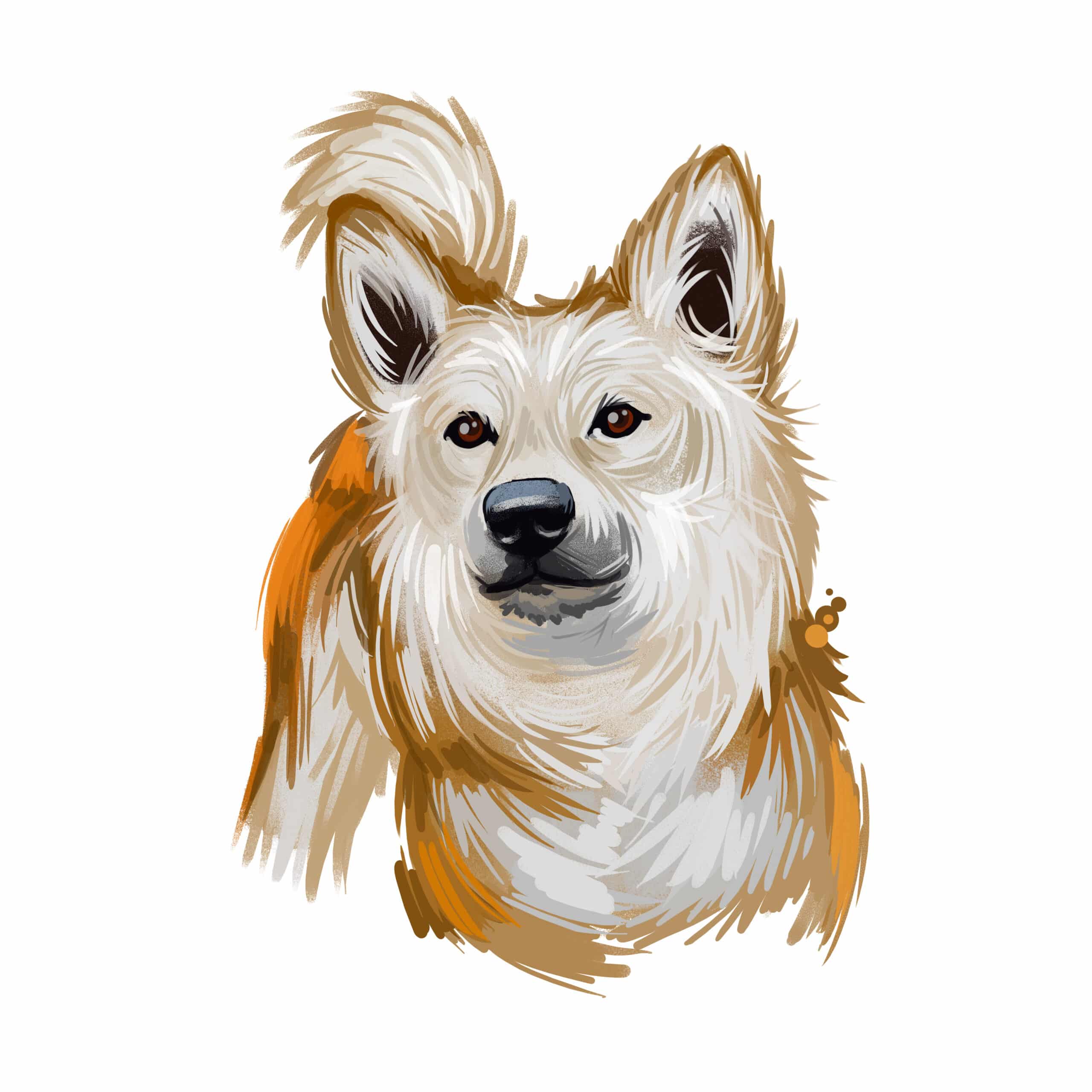
Origin & History
The Norwegian Buhund is probably as old as the Vikings. Its homeland is Norway, where it has always been used as a guard and herding dog. The first written mentions of the Norwegian Buhhund date back to the 17th century.
However, archaeological finds suggest that this dog breed is much older. Dog bones from various dogs were found in a Viking grave. The grave dates back to around 900 A.D. Some of the bones belonged to the ancestors of the Norwegian Buhund. The dogs were probably intended to accompany the Viking on his journey to the afterlife.
The Norwegian word "bu" means "hut" in the broadest sense. However, it can also mean "farm" or "mountain hut". The term refers to its function as a herding and guard dog. This breed was probably part of everyday life in Scandinavia.
The Norwegian Buhund is possibly related to today's Icelandic Hound. The Vikings brought their dogs to Iceland in the 9th century when they colonized the island.
The Norwegian Buhund first appeared on the international stage at an agricultural show in 1913. Further Buhund exhibitions followed in the 1920s. Finally, in 1939, the "Norsk Buhundklub" was founded.
The Norwegian Buhund only became popular after the Second World War.
In 1963, the FCI (Fédération Cynologique Internationale) officially recognized the Norwegian Buhund as a dog breed. Its distribution outside Scandinavia is still very limited.
